Libidinal Teratology: HR GIGER by CAMILLE VIVIER
In today's media landscape, a book review is often a slap on the back. A handshake among colleagues that says, "well done." But we have never been afraid to offer critique when critique is due. In our print section Berlin Reviews, we've always tried to take the propositions of a book seriously and push them to their extremes.
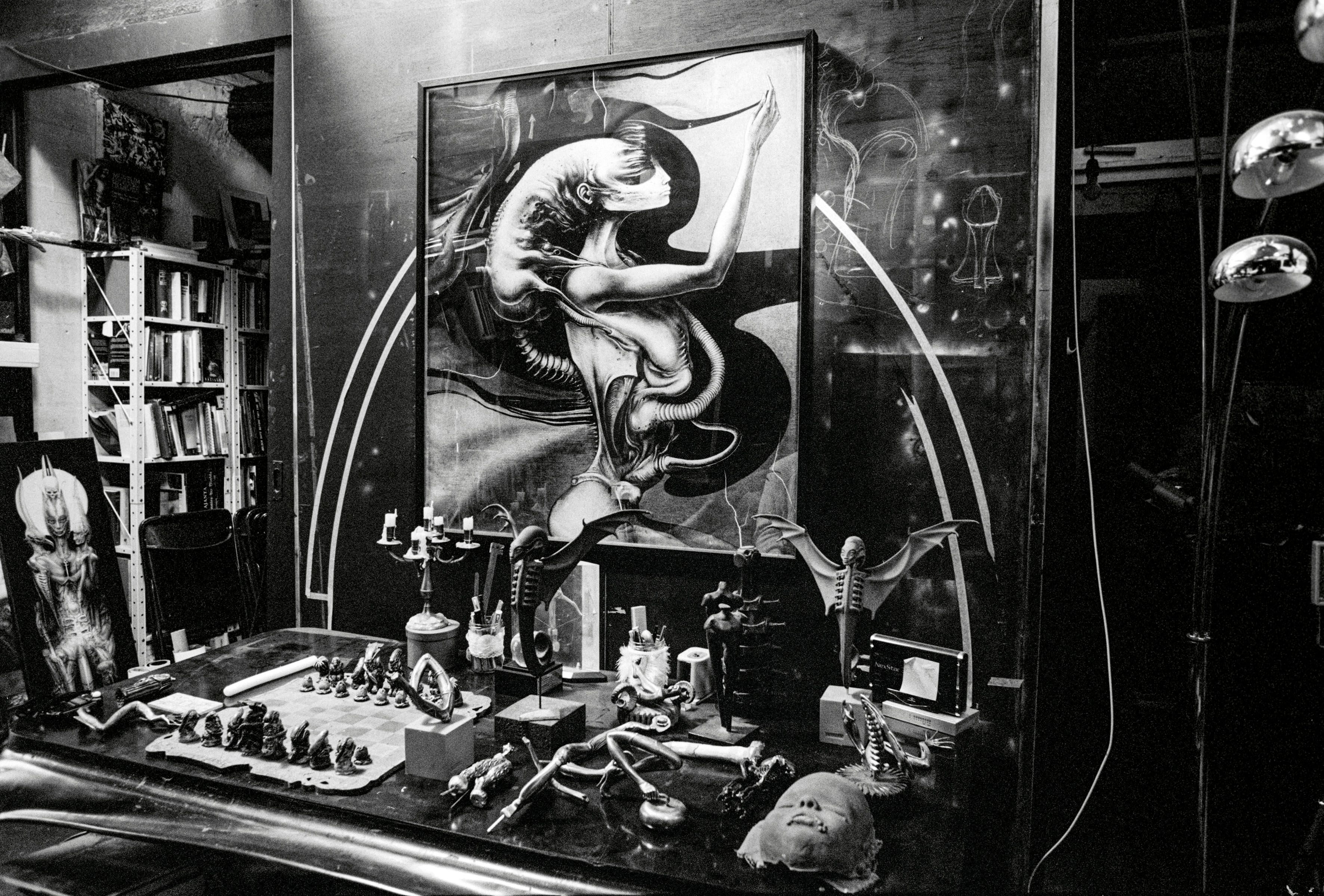
In HR Giger by Camille Vivier, the photographer joins forces with Studio Achermann for a book that explores the Zurich lair of the master of bionic art. We enter Giger’s house-studio on tiptoe and with the feeling of violating a vault. Hundreds of objects are unearthed in a macabre universe: skulls, fragments of mummies, a prototype of a bat sculpture, a death mask, and airbrushed BDSM paintings. In short, it is a gothic capharnaüm or a sick cabinet of curiosities. Vivier has shot dozens of still lives, capturing the effervescence of a life lived between the German part of Switzerland and California. In this space, several artifacts remind us of its proximity to the Hollywood universe: the larval or reptilian bodies from the Alien films or pieces of insect or amphibian legs from the film Species (1995), directed by Roger Donaldson.
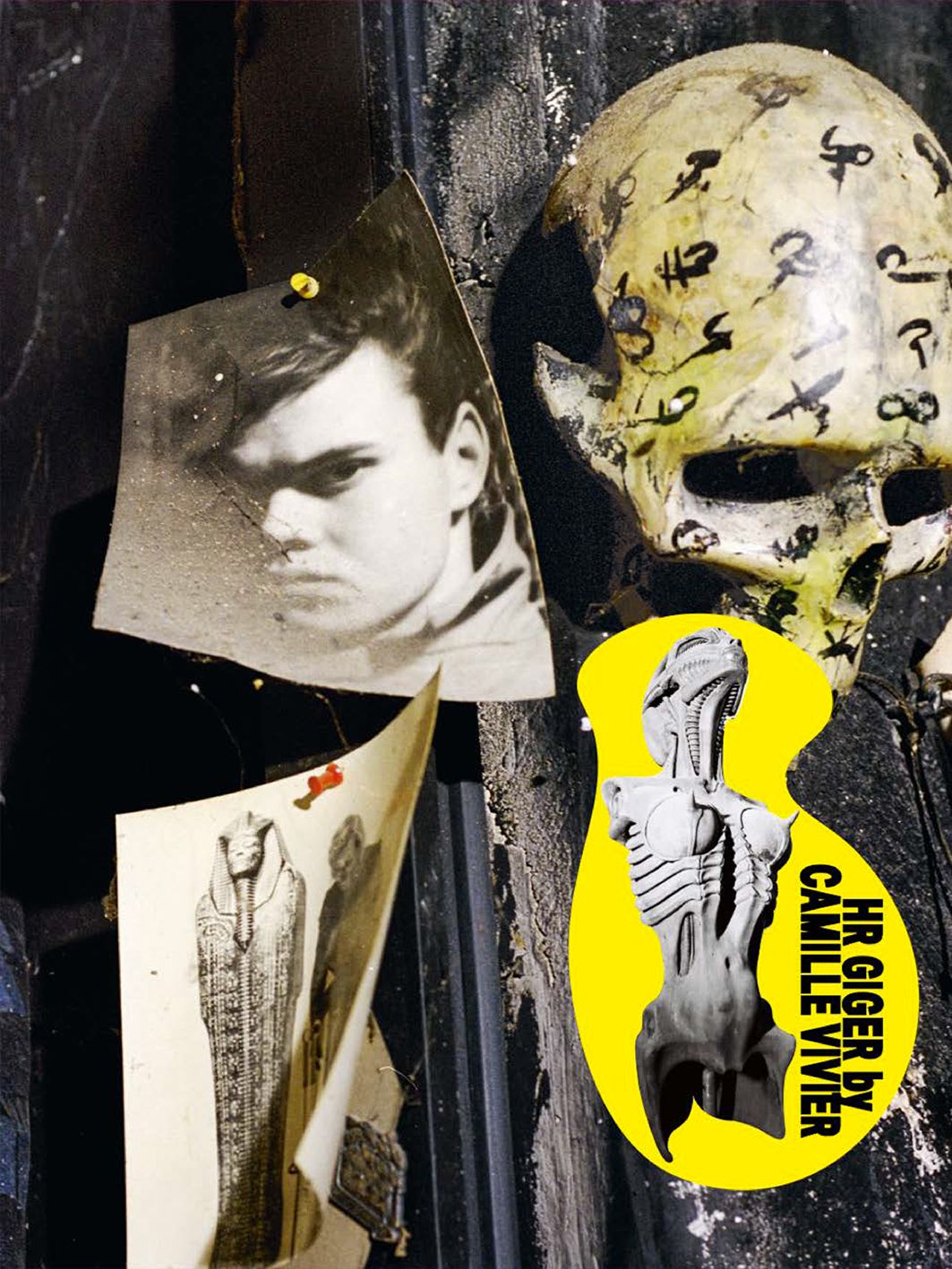
Giger elaborated hybrid creatures, ones that oscillate between different orders: mineral, animal, human, vegetable. They synthesize different mythologies and styles, including art nouveau, gothic, and cyberpunk. Vivier is a witness to this synthesis, and she adds new readings to his creations by accentuating the effects of symbiosis and promised acuity through tight framing. She reveals Giger as a libidinal teratologist.
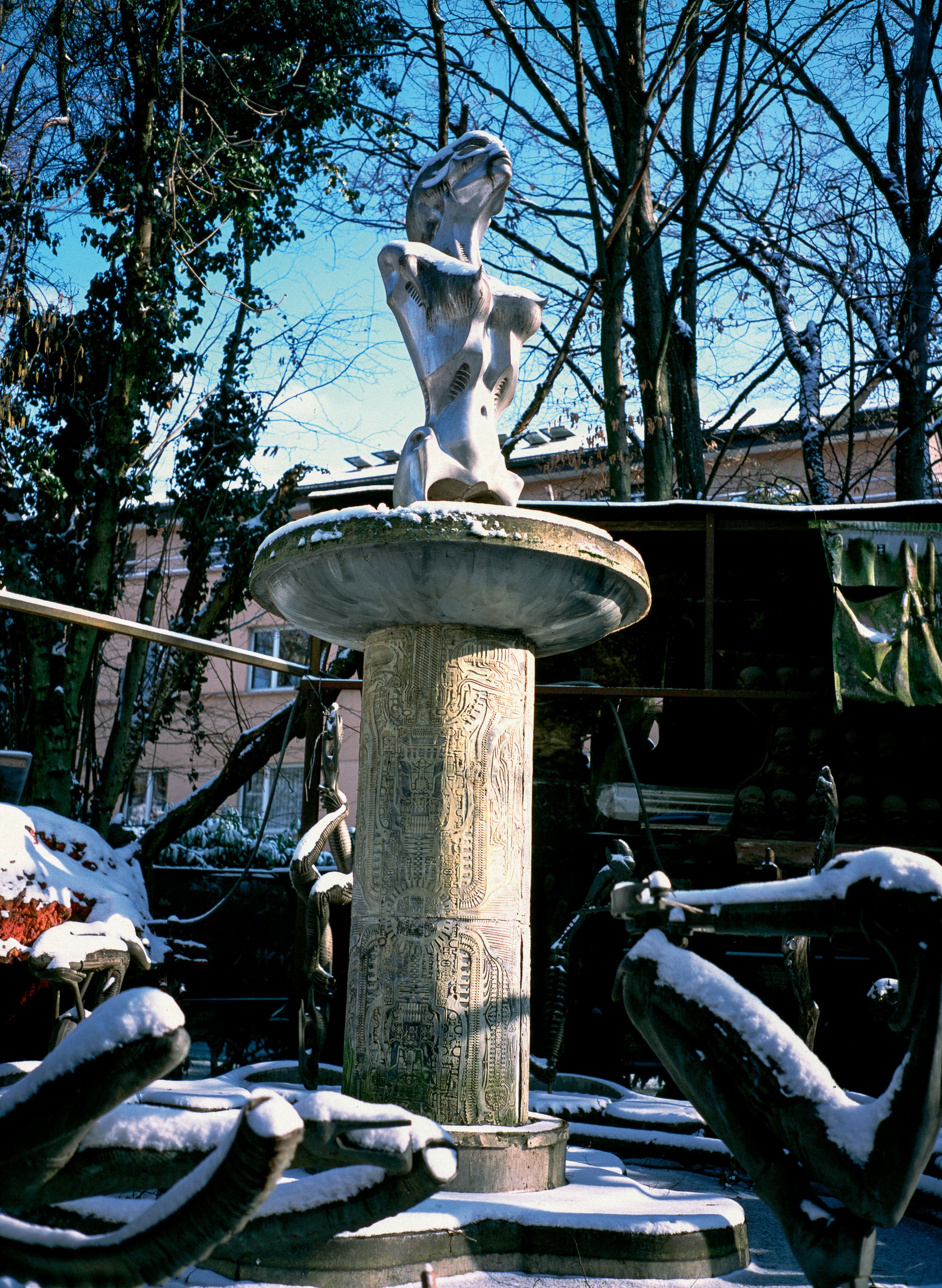
In a series of images, we see the sets of the unrealized 1970s film Dune by Alejandro Jodorowsky. Vivier particularly stresses the aluminum–and–black fiberglass chair that should have been used for the film. Vivier uses that body/machine gemellity to stage models as if they were enclosed in a chair with a spine. Here, the body merges with a carcass or the skeleton of a space cetacean.
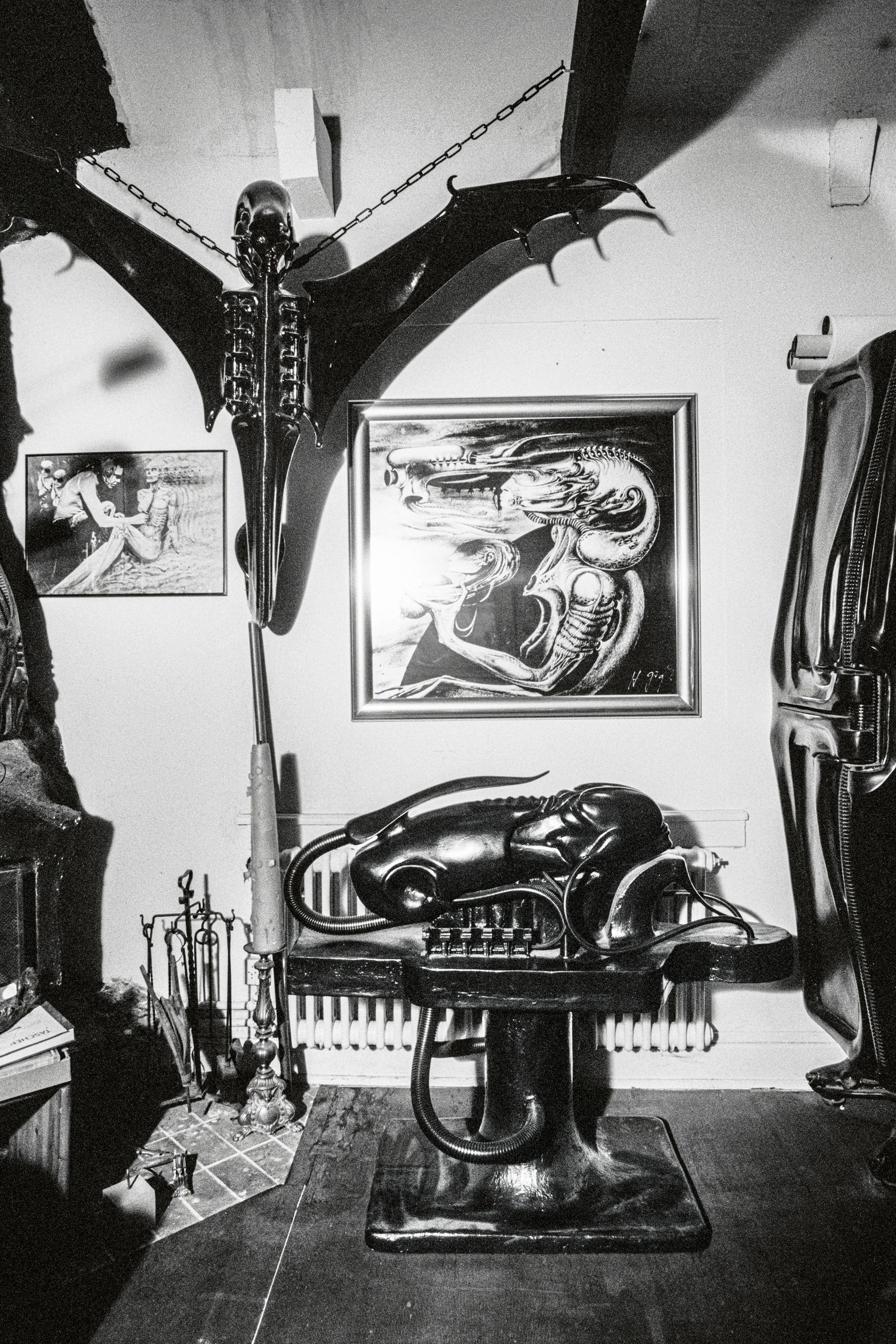
The photographer takes advantage of Giger’s viscous and cold design, as if to signify the advent of a machine-like order coupled with the organic. Outside the house, Vivier photographs the garden, populated by phantasmagorical creatures—for example, a glam-rock or apocalyptic-futuristic elephant cemetery. For a few moments, this garden of bio-mechanical ruins recalls the monster parks of Bomarzo, a monumental Italian complex where nymphs and fauns line paths inspired by The Dream of Poliphilus.
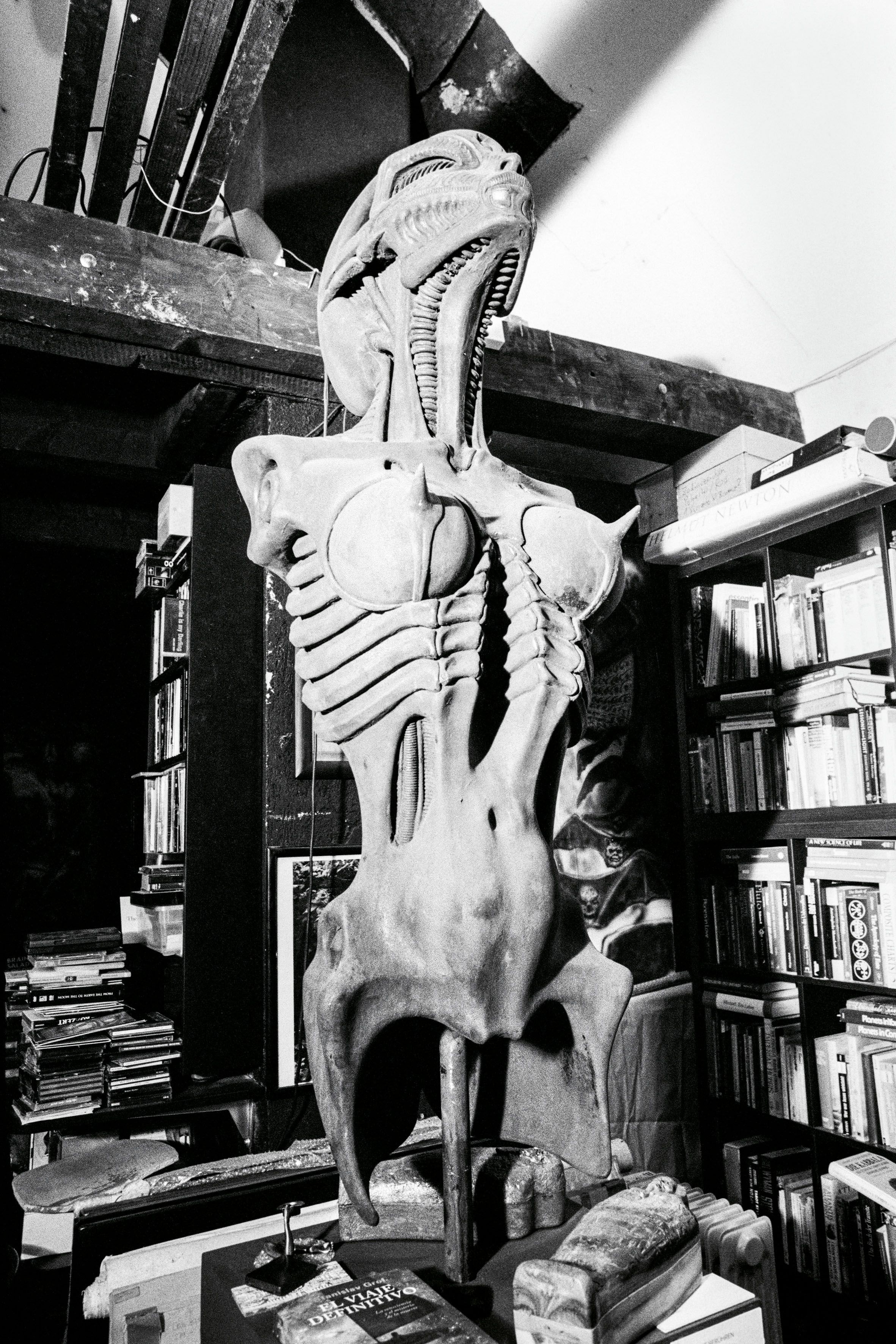
Everything here proceeds from the dream or the waking nightmare. An eroticism sometimes reinforced by the photographer’s choices creates several scenes of nudes in a hypersexual universe, where bodies and fluids are in symbiosis. Vivier’s look at the works of a lecherous demiurge could be interpreted as a tribute to interspecies and extraterrestrial love, a close encounter of some other kind, a cosmic coitus. These nudes emerging from the mist are like the female ghosts of Giger’s life. One thinks first of Li Tobler (1947–1975), an actress and lover who succumbed to drug abuse and depression, and who served as a model for several of his airbrush paintings. One also thinks of the painter Sibylle Ruppert (1942–2011), who specialized in the creation of bodies without beginning or end, hypertrophied and ready to exult as if released from traumatic abuses. Ruppert’s erotic bestiary was in constant dialogue with Giger’s techno-somatic baroque. Seeing his nude models re-contextualized in Giger’s Zurich lair brings to mind the friendship between Giger, Tobler, and Ruppert. Vivier’s book is, in that respect, a pure macabre delight wherein we plunge into the details of a life populated by chimeras and bacchantes. Vivier’s photographs are a dark stroll through a cathedral of the damned.
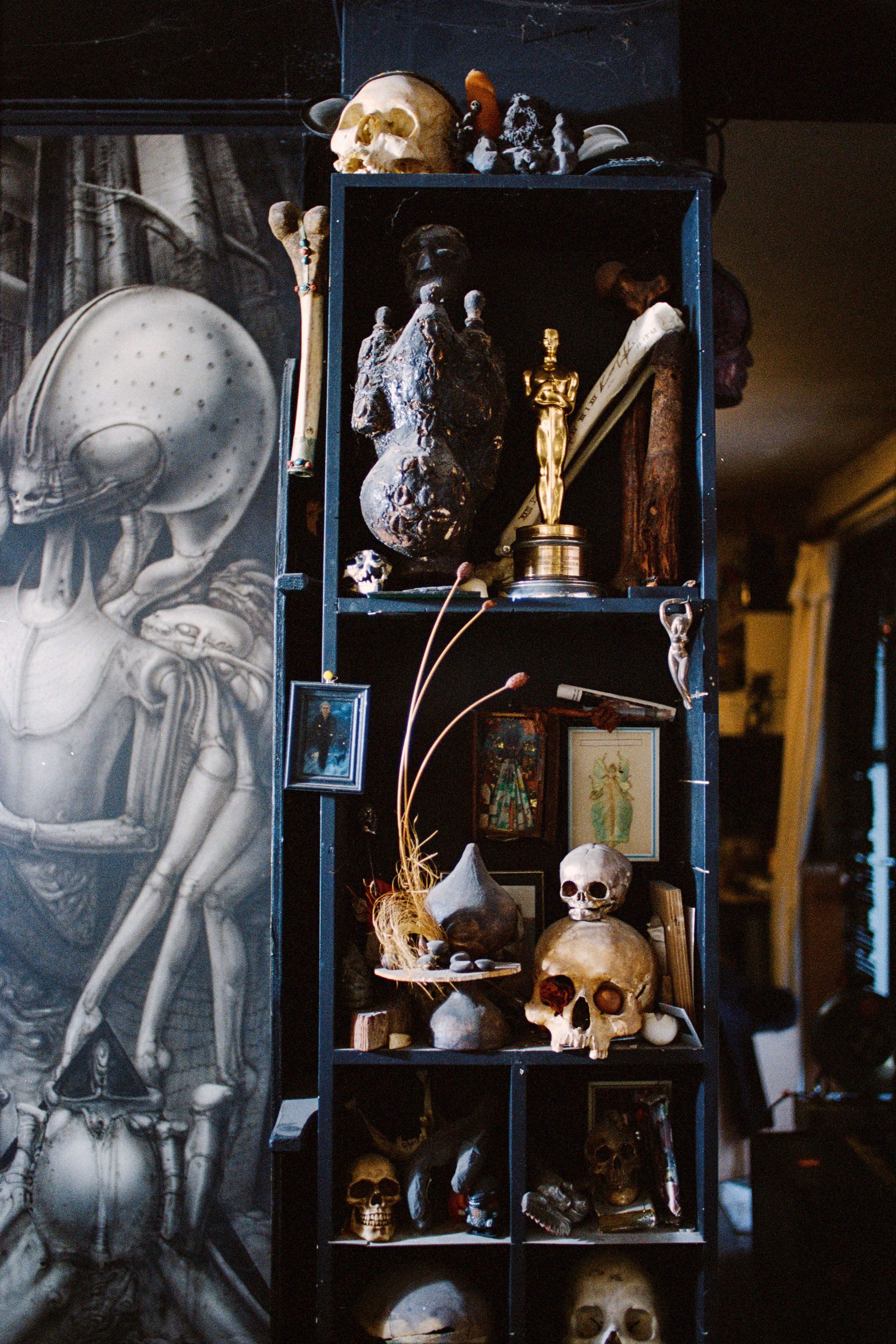
Credits
- Text: PIERRE-ALEXANDRA MATEOS
- : CHARLES TEYSSOU
- Photo: CAMILLE VIVIER
Related Content
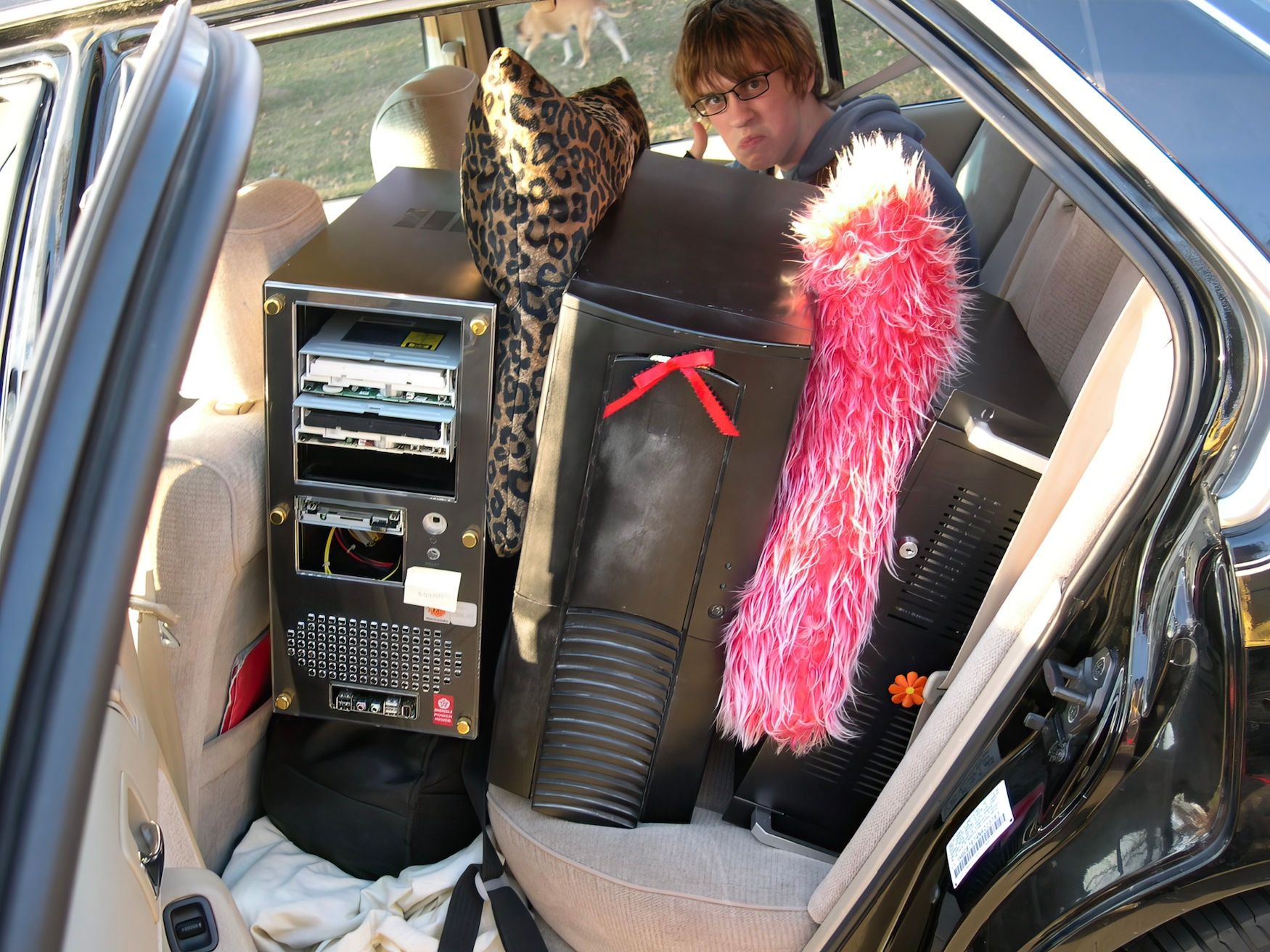
An Internet the Size of a Room: Berlin Review
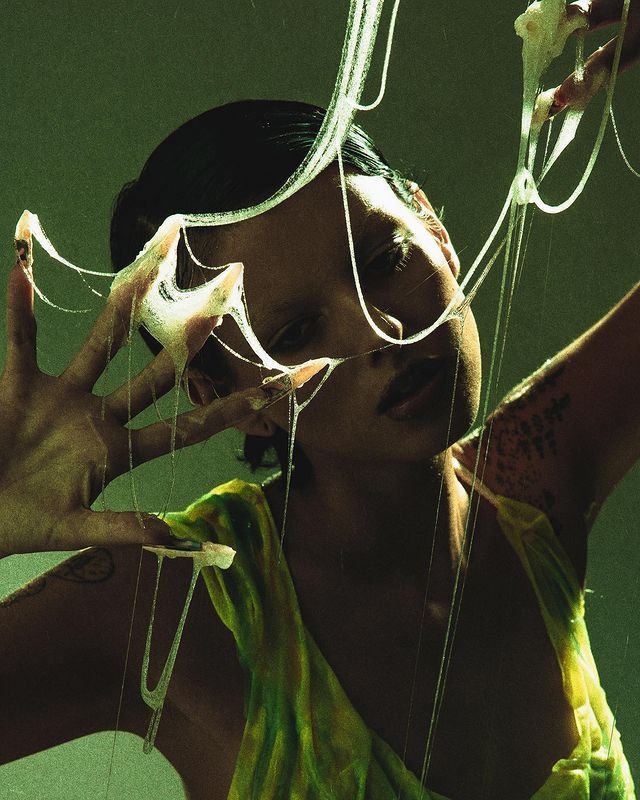
Notes From Underground: Slime Fetish
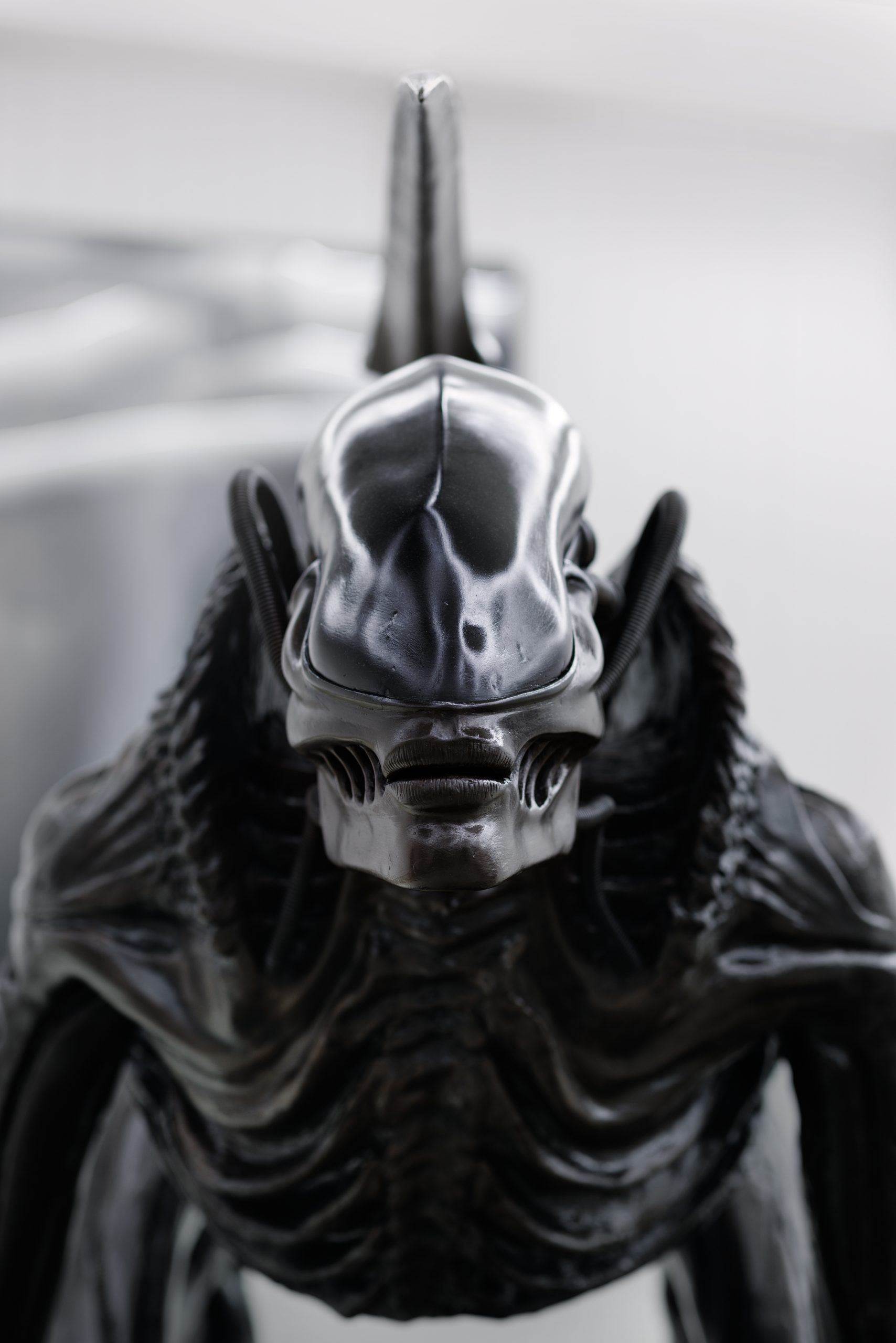
HR GIGER & MIRE LEE: Horror, Slime, and Satanic Eroticism
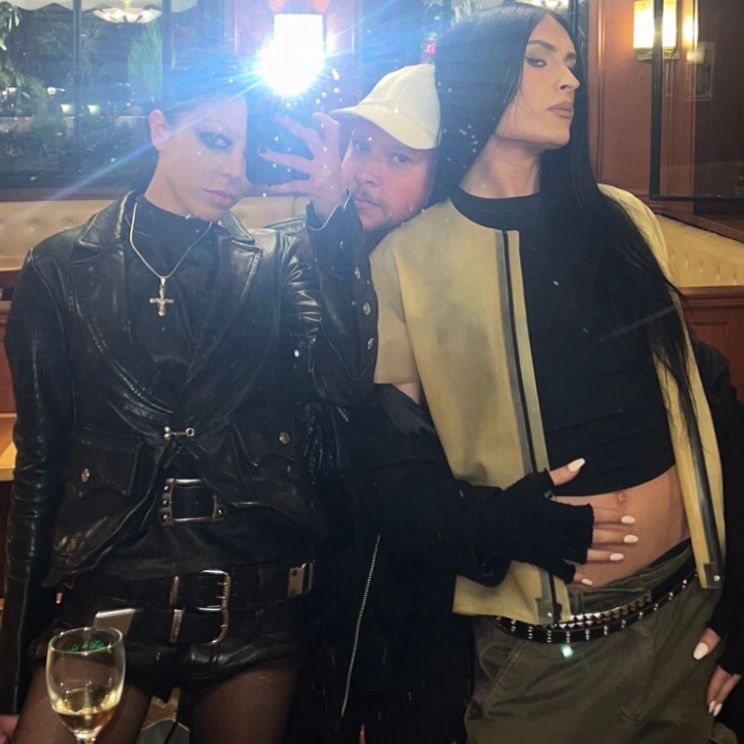
Transmissions: The Road of Trials

032c Issue #43 “CULTURE CRISIS. Therapies for the confused” Summer 2023
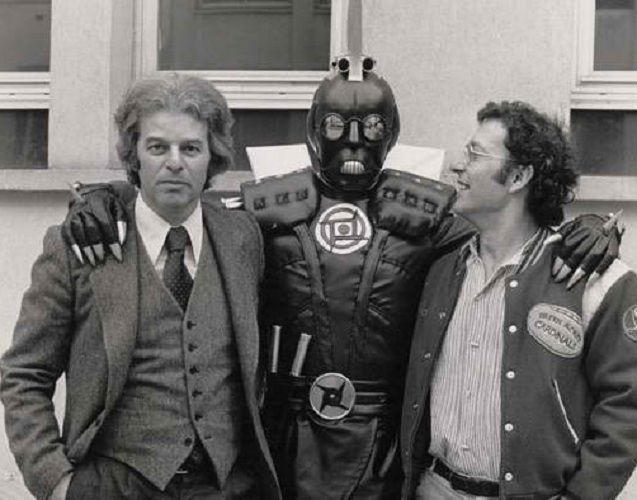
ALEJANDRO JODOROWSKY’s DUNE is the Most Influential Movie Never Made

I WAS THAT ALIEN: Filmmaker ARTHUR JAFA in Conversation with HANS ULRICH OBRIST
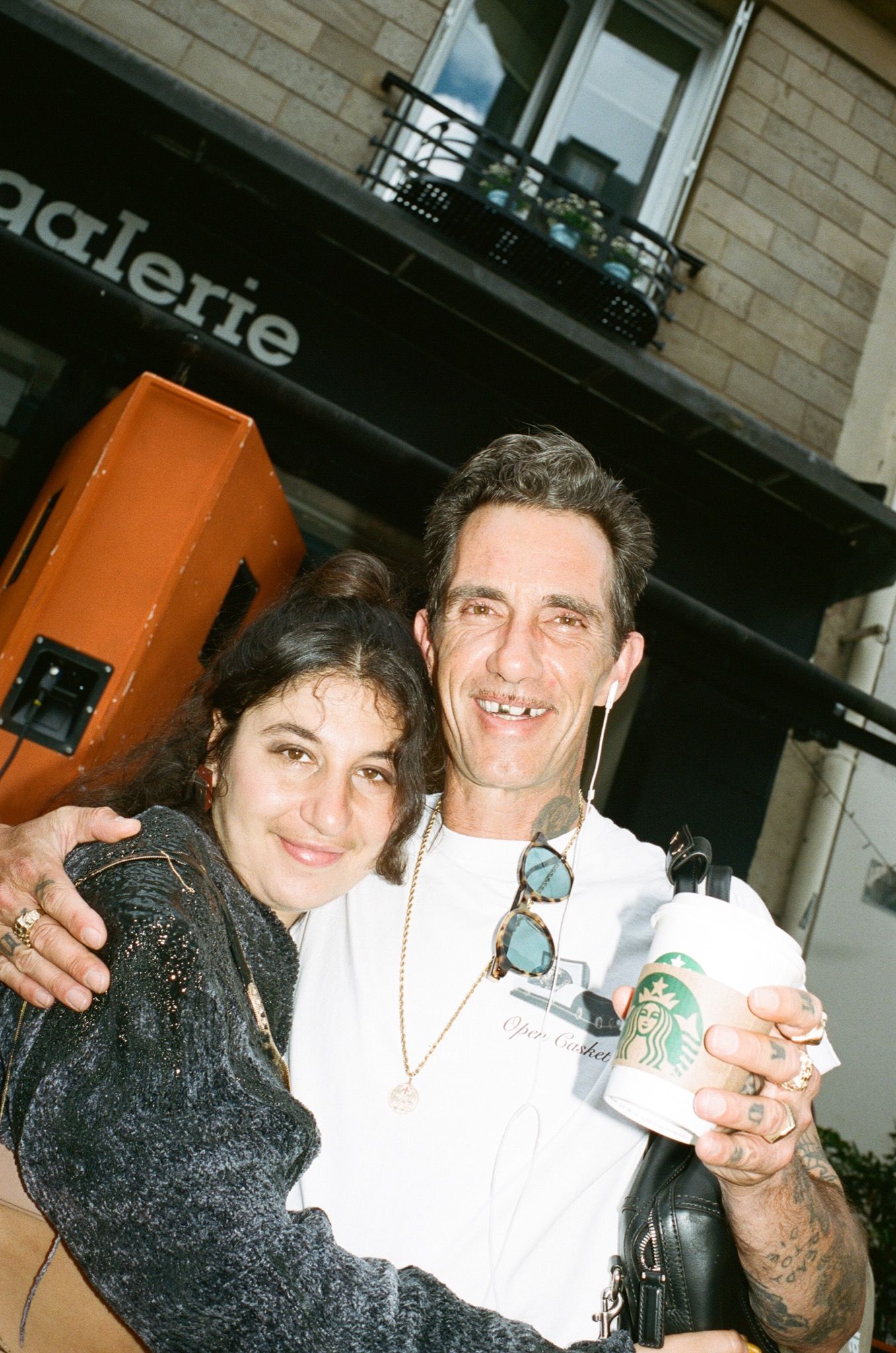
Life Can be a Family Business: No Show Official @ Paris Fashion Week